What will happen to NASA in 20 years? Solve all the private companies and China
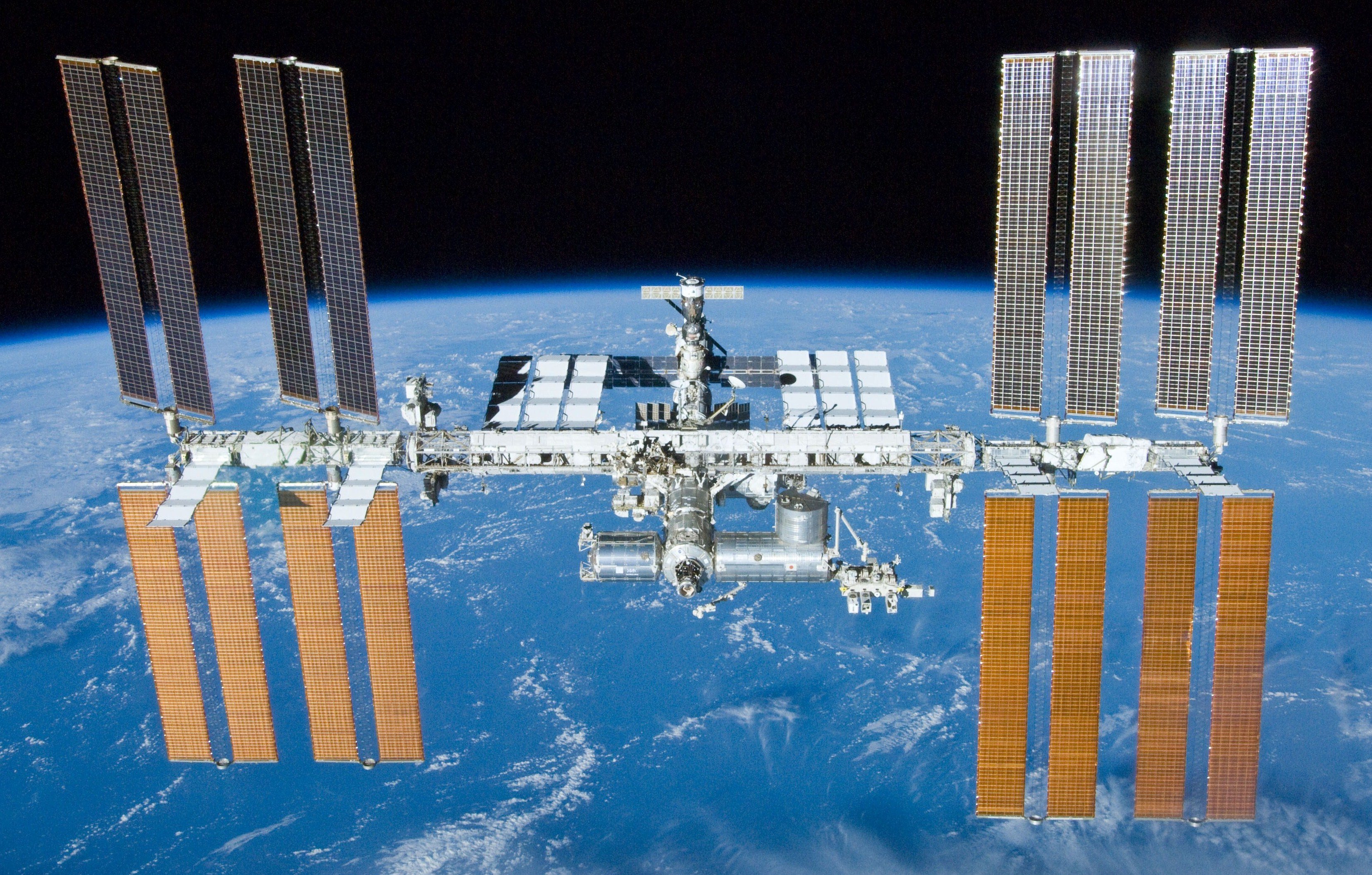 Source:
Source:
20 years ago, in 1998, NASA launched the Lunar Prospector mission that found water on the moon. In the same year, 15 countries have come together to agree on a framework for the construction of the International space station and then start the first part of the laboratory into orbit. In the same year its first successful test flight carried out a new spacecraft NASA X-38. All of these events, each in its own way, helped to determine the course of space development of the United States.
Looking back, you notice one fact: the past is prologue, and history povtoryaetsya. Reach people in the field of space flights made 20 years ago, presaged the current state of Affairs in the cosmos, so, watching as bloomed the seeds and as dried up, you can try to understand what will happen in the future.
Over the last couple of years, several important changes all trends in the field of space exploration, many of which were largely unforeseen in 1998. Today we have a new space company, their sponsors, billionaire, we see the development of international players, particularly China, which may overtake and surpass the cosmic exploits of NASA.
So where will humanity be in 20 years? Let's try to understand the future by looking into the past.
thespace Exploration: 1998
January 6, the spacecraft Lunar Prospector has gone in the direction of the moon on the Athena II rocket. It was the second mission, with people or robots in General, which NASA sent to the moon since 1973.
A Dozen of the astronauts who visited the lunar surface in the late 60's and early 70-ies, found on the moon a cold, dead, dry world. Buzz Aldrin, who first landed there, along with Neil Armstrong, described the landscape in which they are entered as "astounding devastation". But years passed, and scientists began to believe that centuries of water ice accumulated in the shadowed regions at the poles of the moon. These cold traps could hold ice from comets and other sources, because in the dark vacuum he would not have been possible somewhere to leak — the temperature never rose above -190 degrees Celsius.
Among the devices that were with Lunar Prospector was a neutron spectrometer that can detect hydrogen at the lunar poles, and hence to determine the presence of water. Before the mission, scientists estimated that could find from a few dozen to several hundred million tons of water ice. During its 19-month mission, the unit found three billion metric tons. A devastated world was suddenly full of water. This opening seemed very large.
On the Ground, in January 1998, USA, Russia, Canada and a dozen European partners have signed a formal agreement to develop and operate the International space station. In the same year, in November, the Russian space Agency launched the Zarya module, which was to provide movement control and communications station. Two weeks later, the mission of the space Shuttle sent into space and the Unity module, and the astronauts put it with "Dawn".
Developing and, ultimately, the 420-ton station was the basis of US space policy and support for space exploration by human forces. Many space missions have been implemented for 20 years, but the station was permanent. And ten years sure flies.
Over the past 20 years, the station program helped to create valuable and long-term international cooperation between countries. NASA hopes to expand on the exploration of deep space. In recent years, the Agency also plays an important role in the development of commercial space flights.
20 years ago, NASA finally began to achieve notable success in the case of a successor to the space Shuttle — a small cruise ship known as the spacecraft X-38.
In March 1998, a large aircraft B-52 dropped the test apparatus of the X-38 from the height of 7000 meters. Opening the parachute, X-38 failed safely through the Earth's atmosphere and fell to the runway. In subsequent years, will be followed by other more successful tests.
"They were on a great path," recalls Wayne Hale, who was then Director of space Shuttle flights, and later became Manager of the space Shuttle program. "They built a very capable spacecraft, which was not just a rescue. He could do a whole slew of things."
Initially, X-38 was to serve as a "lifeboat" attached to the space station, which could return astronauts to Earth in case of emergency. However, this vehicle could also be converted into a spacecraft reusable, launched on private rockets. But it was not.
thespace Exploration: 2018
The Disaster, which influenced the modern space program of NASA, happened just over 15 years ago when space Shuttle Columbia broke apart over Texas in February 2003, returning to the Earth's atmosphere. All seven astronauts were killed.
After this tragedy, the administration of George W. Bush sought to find a safe and sensible course for the future of NASA. In the end, the strategy was adopted, including the moon and International space station.
President Bush stated that NASA now is the time to expand its capabilities in deep space. Since Lunar Prospector hinted to wet the surface of the moon, the astronauts had to return to the moon to determine what resources there are. NASA should do more than touch the moon and learn to live on hersurface. The Bush administration was planning a landing by 2020.
Meanwhile, the space Shuttle was to be used to complete construction of the space station, and then go for the cancellation. Aboard the station, NASA and its astronauts have learned to live for long periods of time and to test technologies such as restoration of water necessary for long-term space flights.
After the cancellation of the Shuttle, NASA had to find a way to deliver astronauts to the space station — was 2010 years. Just a few months before the tragedy of Columbia, NASA administrator Sean O’'keefe canceled the X-38 for budgetary reasons. (NASA needed to find a billion dollars to close the hole in the budget). Thus, in an era when the Agency was looking for a replacement for the shuttles, he had to kill quite a convenient solution.
It was one of the most important decisions in the last 20 years for NASA and space flight in the USA. In 2008 the Agency started to Finance private companies to deliver cargo to the station, and two years later expanded the program to include flight crews into orbit. The shuttles replacement will be the capsules created by Boeing and SpaceX under the commercial crew program.
Today for the Agency at the same time full of hopes and anxieties. After Bush's statements about returning to the moon in 2004, NASA has worked to achieve this goal. The Agency is likely to send people back in deep space, the moon, Mars or both of the body. Over the past 14 years, NASA and its contractors have built the spacecraft "Orion" and the giant SLS rocket to achieve these goals. Constancy of purpose — it is convenient.
Anxiety arises precisely because NASA spent 14 years in the work on the implementation of the concept of deep space exploration, which Bush outlined in January 2014. The plan has varied with administrations, but even now the production of water resources on the moon is the Central agenda of NASA returning to the moon. The problem is that although NASA has spent billions of dollars on "systems development" since 2004, the lunar surface will be visited at least another ten years.
Fourteen years is a long time. This is two years longer the time that has passed between the launch of the first satellite into space and landing men on the moon. NASA may be moving steadily to deep space, but not particularly in a hurry.
thespace Exploration: year 2038
In Addition to the movement of the planets and short-term weather forecasts, to predict the future is almost impossible. But just as the roots of the current activities of NASA go into 1998, we can find hints about the future in today's space exploration.
One of the clear signals is the desire of NASA to send astronauts beyond low-earth orbit for the first time since Apollo. President Bush has directed NASA to the lunar surface. President Obama sent on an asteroid and then to Mars. President trump would build a lunar station (Gateway) in front of the exploration of the moon and Mars. But movement in deep space there is not expected.
We'll Go there or not — this question will be addressed in the future. The reality is that due to the fact that NASA spent so much time and tens of billions of dollars for the development of Orion and SLS, the Agency has no funds for the development of any infrastructure needed for space exploration, including landers, power systems, habitats and more. You also need to make hard decisions and to take risks. To reach the surface of the moon, Phobos or Mars until 2038, NASA takes courage.
In the end, the big rocket NASA will be off the ground (the launch of the SLS is likely to take place in 2021). This will allow the Agency to allocate part of the funding for the real plans. Hale, who left NASA in 2010 and is now in the Advisory Board of the Agency, says he is full of hope, but not expectations.
"If it's a government program, nothing will change. Everyone wants to have a space program, but do not want to spend a lot of money. So, you kind of have a budget, but it is not enough to do what you want."
There are a few changing forces, which could push NASA from its inertial path. One of them is the revolution in private space sector, which the Agency helps to implement using commercial software for crew and cargo, issuing grants and entering into contracts. NASA can get new energy efficient products and ideas that will help explore the cosmos, thanks to SpaceX, Blue Origin, Bigelow Aerospace and other companies.
Historically, NASA was never interested in the development of launch systems-oriented price. (For example, NASA spends about $ 2 billion a year on the SLS rocket. For this money you could buy 20 starts ). The Agency was instructed by the White house and Congress, something to do with people in space, but to do well and safely. NASA spends a lot of money to check, double and triple check their systems.
There is another way of thinking, is most promoted by SpaceX, but also share many new space companies, which says that the lower the cost of access to space, the more interesting things that can afford people in space. This approach has allowed SpaceX and Blue Origin to develop a reusable rocket. It is extremely important that both companies are supported by billionaires, is committed to fulfilling its plans. In 1998, this one could not imagine, but now NASA will probably be faster and cheaper to get where he wants, in deep space usingprivate company.
The Commercial field also can destroy the plans of NASA, if private companies will find something really attractive to operate on orbit. Currently, space is the place where you can earn money only by using communications and remote control of satellites. In addition to these areas, the most private space companies are performing government contracts.
In the coming decades, mining asteroids could be profitable, but while talking about it early. However, it may be more short-term breakthrough in 3D printing of tissue in microgravity conditions — preliminary studies have been very promising. That is, from space can be established the flow of healthy hearts, lungs, kidneys or other organs. "Space rush" will quickly find a way to get to space and back, will accelerate the process and ruining it.
China could also force the U.S. government to accelerate the plans of NASA. Maybe China could move faster if he wanted, but now the authoritarian, the country intends to land a taikonaut on the lunar surface by 2030. China's achievements can turn away from NASA, a number of international partners that will force the Agency to move.
However, there is no guarantee that the Chinese will be on the moon in 2030. The country's economy could collapse. The government of XI Jinping, strongly support space, can be absorbed by internal Affairs. The country could force the issue in the South China sea and become an international pariah. Future is uncertain, as always.
In twenty years you will be twenty years older. What do you think, will the space closer to us? Tell us in our
Recommended
The Americans on the moon: what everyone should know?
the Upcoming cosmonautics day is my favorite holiday. It marks the triumph of the human mind: in just four thousand years Homo Sapiens went from hunter-gatherers to space explorers. 12 April 1961 Soviet cosmonaut Yuri Gagarin became the first man in ...
Why are some galaxies spiral shaped?
you Know what surprised me the most? The fact that we perceive the surrounding world as it is. Animals, plants, the laws of physics and the cosmos are perceived by many people as something so mundane and boring that they invent fairies, ghosts, monst...
Astronomers were able to see the death of another star system
In the cosmic ocean drifts a lot of mysteries about the existence of which we are unaware. One of these was uncovered five years ago, when astronomers have discovered a lonely star at a distance of 570 light years from Earth, the brightness of which ...
Related News
On Titan, the largest moon of Saturn, is the changing of the seasons. When in 2004 it flew the spacecraft "Cassini", on its surface it was summer — this was evidenced by clouds and precipitation in the southern hemisphere. Accordi...
NASA repaired the space telescope "Hubble"
the American space Agency , it seems, could find the source of the problem, which on 8 January led to the failure of the space telescope "Hubble". In Agency hope that the telescope will be able to resume full academic activities b...
In the future, the starry sky will be blocked by is
Advertising pursues us everywhere: in Newspapers, on the streets, in TV, the Internet and even inside . It seems that very soon we will see ads even in the night sky — it is this technology intends to launch a Russian company Star...
China has announced plans to build lunar base
the wave successfully complete the current mission of the spacecraft "Chang'e-4" on the reverse side of the moon China national space administration announced further plans for the exploration and development of the natural satell...
Satellites with oceans of aliens can not look
For more than two decades, scientists have wondered whether extraterrestrial life can flourish deep beneath the ice crusts that can boast of moons in our outer Solar system. Space missions like Galileo to Jupiter and to Saturn has...
Discovered a new kind of black hole, able to Wake up and go to sleep
Astronomers from all over the world are constantly finding black holes in different galaxies, and often such an object may be a supermassive — millions of times heavier than the Sun. Black holes behave differently: they can ...
Harvard astronomer: "First contact with aliens will be a real shock"
the Dean of the faculty of astronomy at Harvard University AVI Loeb for a long time concerned about the question of are we alone in the Universe. In his earlier statements, the scientist carried the assumption that fast radio burs...
Discovered the brightest quasar in the Universe. It 600 trillion times brighter than our Sun
From the Earth we, of course, it seems that the brightest spot in the sky – the Sun. However, this amazing in every way a star, like a 10 watt bulb compared to truly the brightest objects in the cosmos, for example, the same quasa...
Steampunk close: developed the concept of steam space probe
the Steam engine is in the top ten inventions that . Steam, as a power source, began to be used in 1700-ies, but since that time mankind has made many other discoveries, and today these engines are used in few places. Perhaps in t...
The only Russian space telescope has stopped communicating
Launched on 18 July 2011 the Russian telescope "Spektr-R" conducted astrophysical research in the framework of the space project "Radioastron" has stopped communicating. He still sends data to Earth, but it will not accept command...
#video of the day: Landing of the Chinese module on the back side of the moon
January 3 lunar Rover "WiTu-2" first appeared on the surface of the satellite of the Earth — in December last year , which is to hold the first mission on the dark side of the moon. Today, the Chinese national space administ...
The telescope "Hubble" has broken down again, and at the wrong time
space Agency NASA on Tuesday suspended the work of the space telescope "Hubble" after the space Observatory was discovered the next hardware failure, not allowing the telescope to properly perform their tasks. It should be noted t...
Radio transmissions from distant galaxies was repeated. What would it mean?
Astronomers have recorded the second repetitive quick burst that . This discovery suggests that the space may be a lot more of these mysterious signals. This surge, which was named FRB 180814.J0422+73, is among the 13 newly discov...
10 amazing and incredible phenomena and events associated with the stars
Stars are very important objects. They provide light, heat, and even give life. Our planet, people and everything around us are made of Stardust (97 percent, to be exact). And even the stars are a constant source of new scientific...
The Kepler telescope helped to find another exoplanets suitable for life
Successful search for new planets can do not only professional scientists, but also ordinary users of the Network. This was proved by visitors to the online forum Zooniverse, which helped the students-the students of NASA to detec...
The big Bang could create a "mirror Antiveleni" of our Universe
the Big Bang could produce not just our Universe. Ours might be a mirror of the "antimatter" where time flows backwards, and the space is mirrored. This statement was made by canadian physicists from the Perimeter Institute for th...
The Hubble telescope has made the most detailed photos Galaxy Triangle
Galaxy Triangle, also known as Messier 33 or NGC 598, the third — largest galaxy in the Local group, which also including the milky Way and Andromeda. It is also known fact that is one of the most distant space object visible to t...
In two billion years our galaxy will collide with the Large Magellanic Cloud
milky Way is in danger! A new study of astrophysicists from Durham University () indicates that the galaxy, the Large Magellanic Cloud (LMC) will collide with our milky Way galaxy in approximately two billion years and the consequ...
Tematycznego: icy object that we found beyond Pluto, resembles a snowman
While you celebrate the New Year and Christmas, the spacecraft NASA a 6 billion miles from Earth, gives us its first close-up shots, which hit the farthest object to which it ever reached the people. It was believed that it consis...
Elon Musk showed a concept test of the rocket Starship and spoke about the first run of Crew Dragon
In late December showed the bow of the Starship missiles ("nee" Big Falcon Rocker) and talked about the fact that the test version of the system will be ready to launch by spring this year. Now head of a private American space com...



















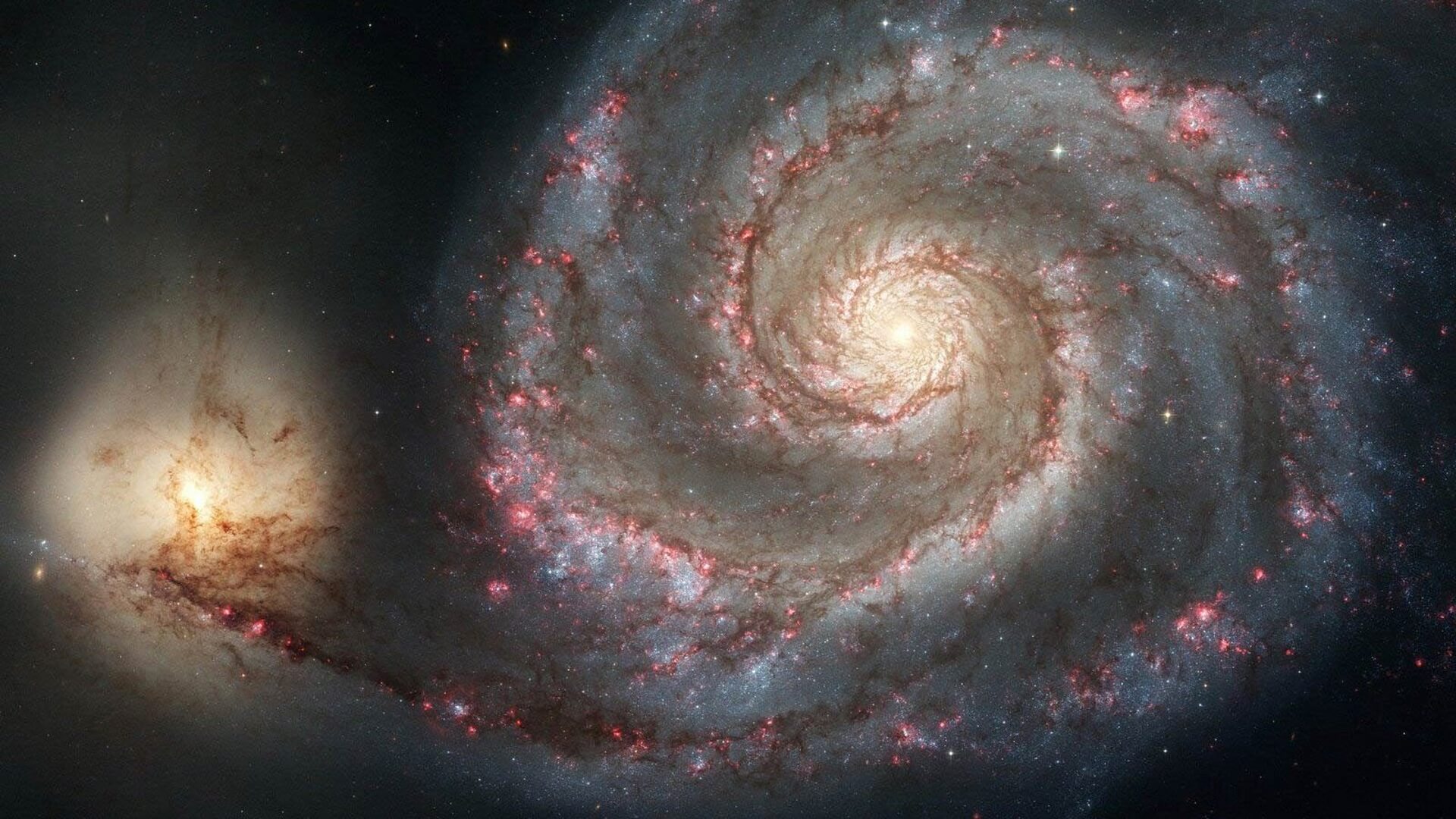
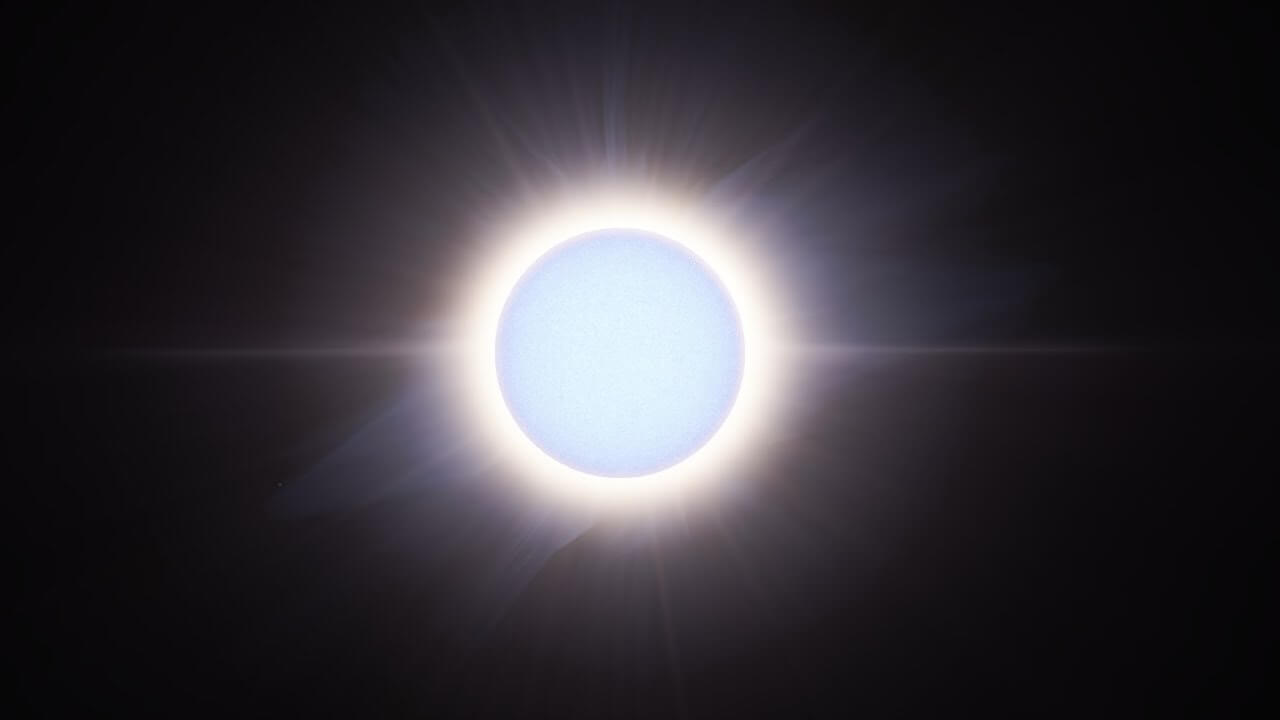
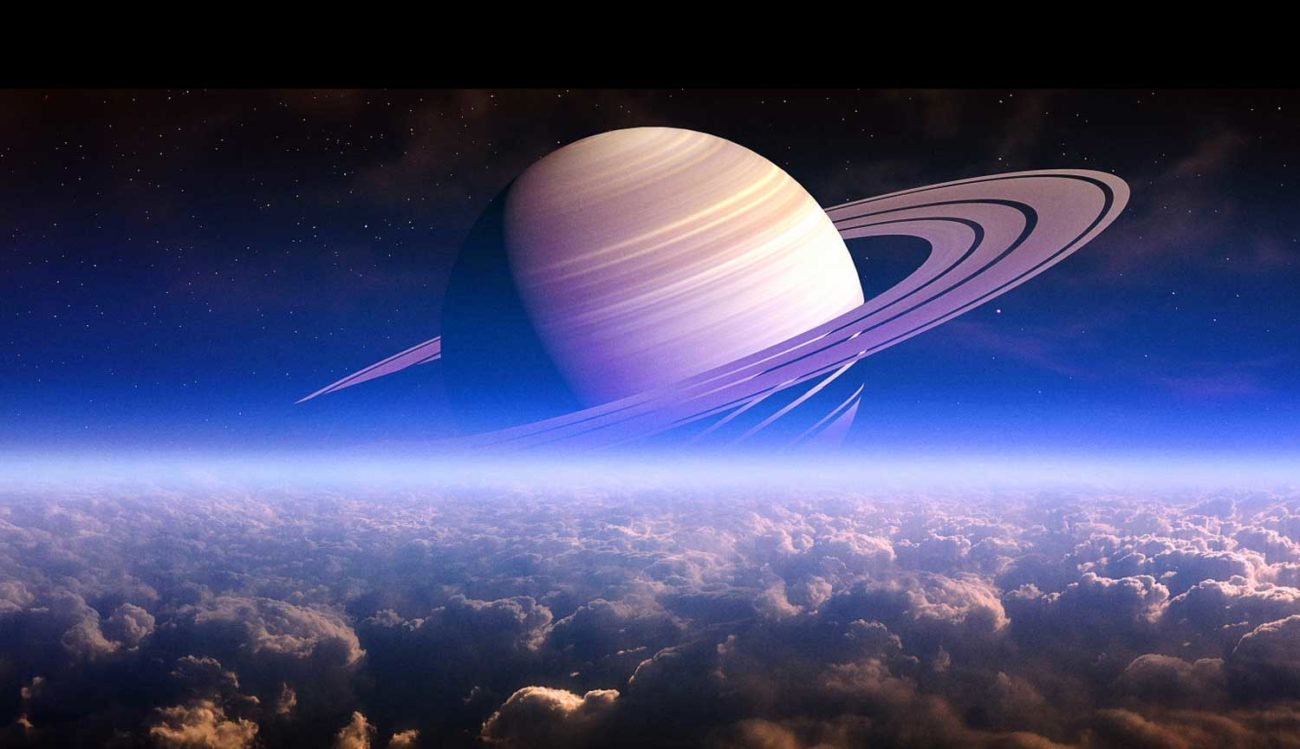




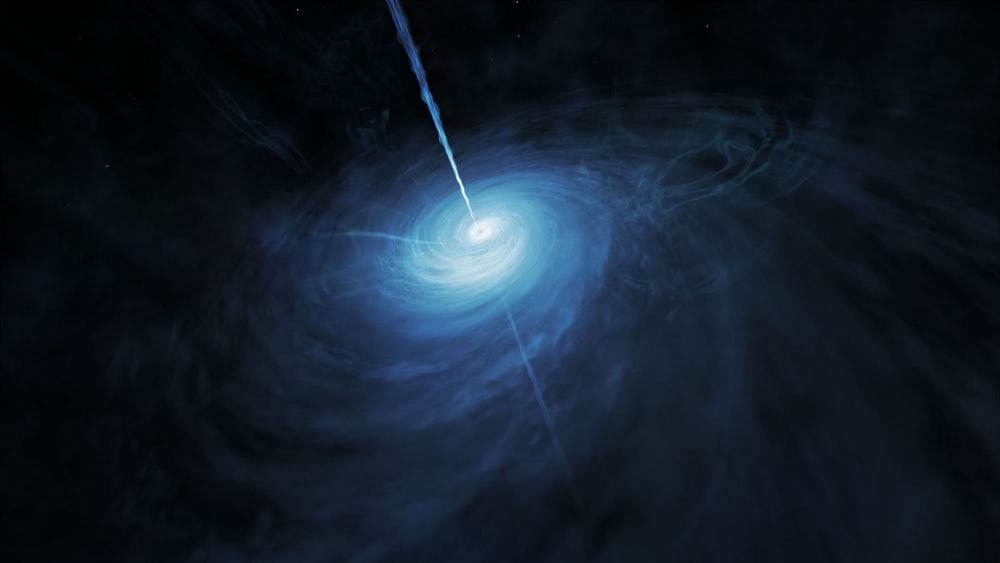
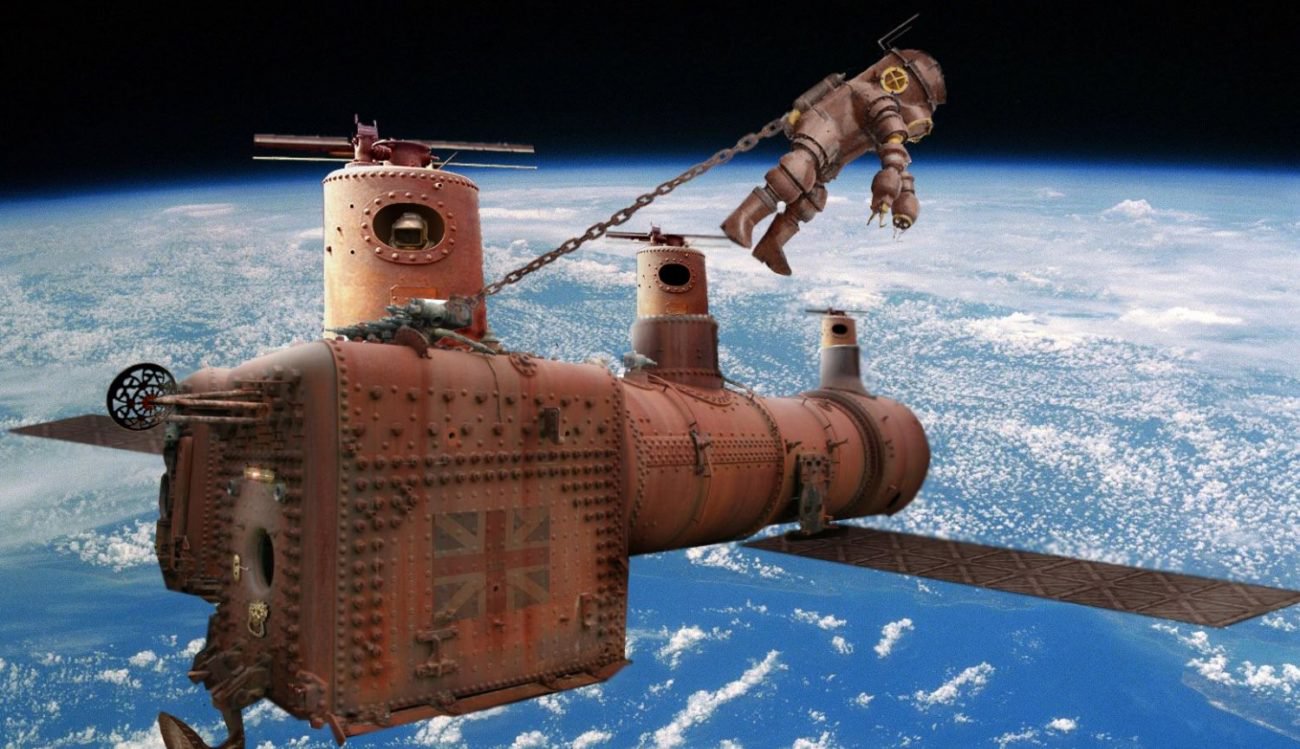
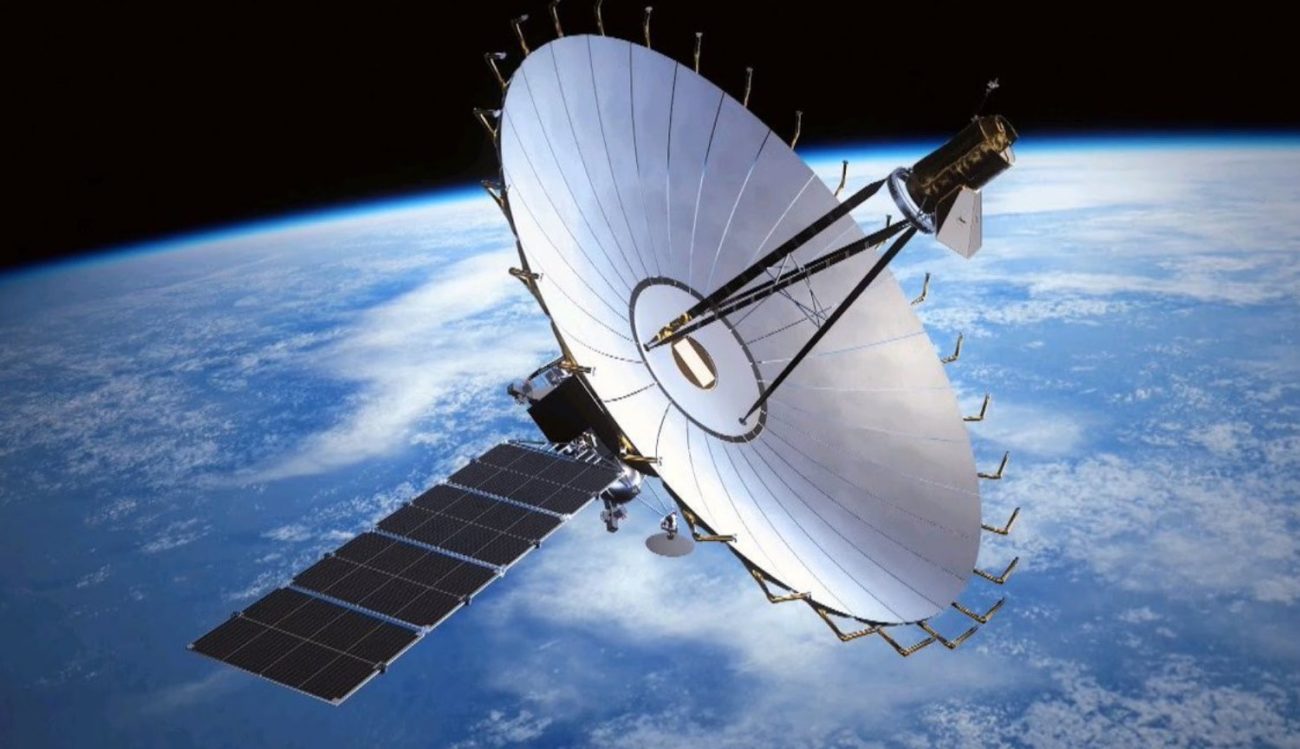
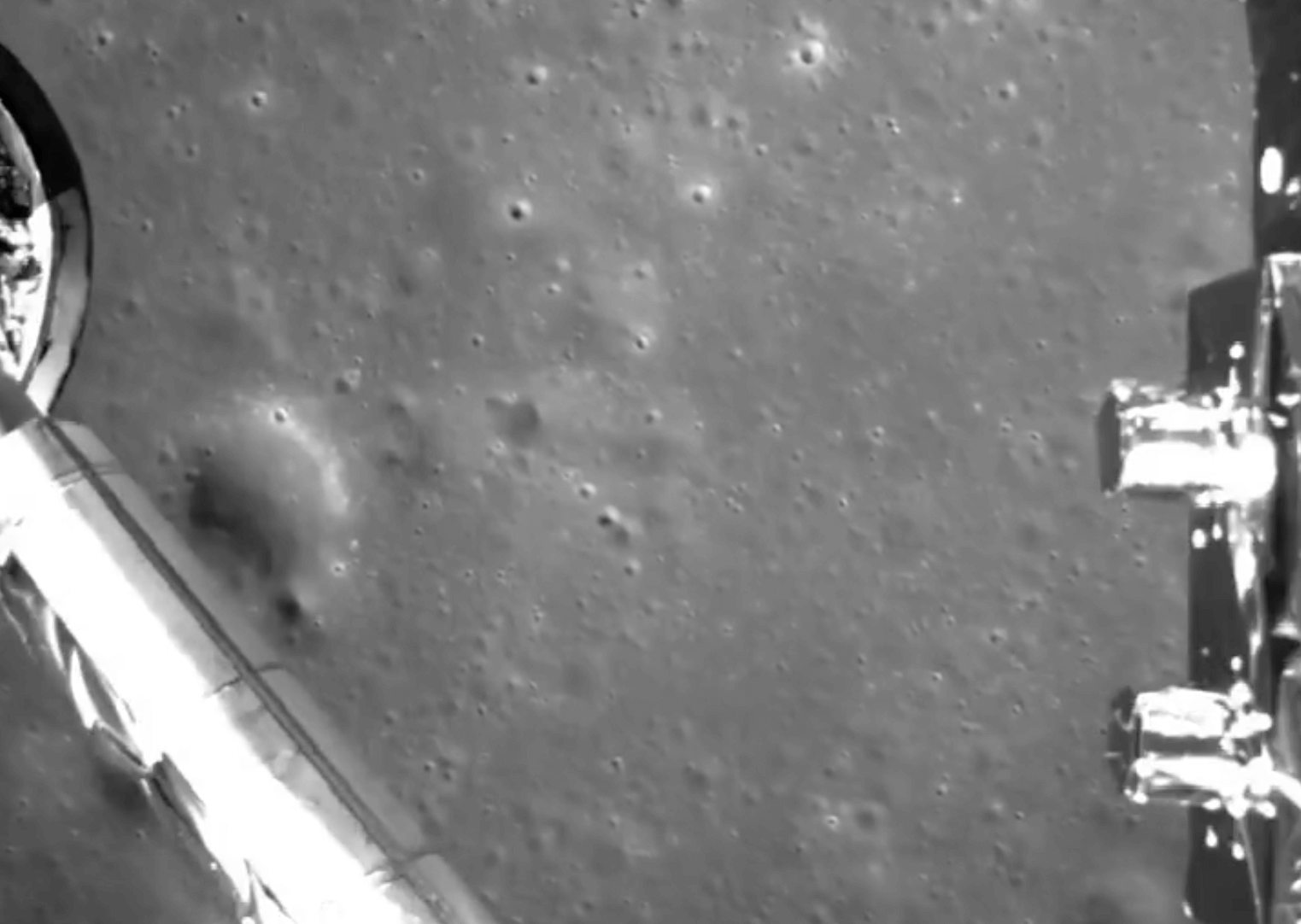
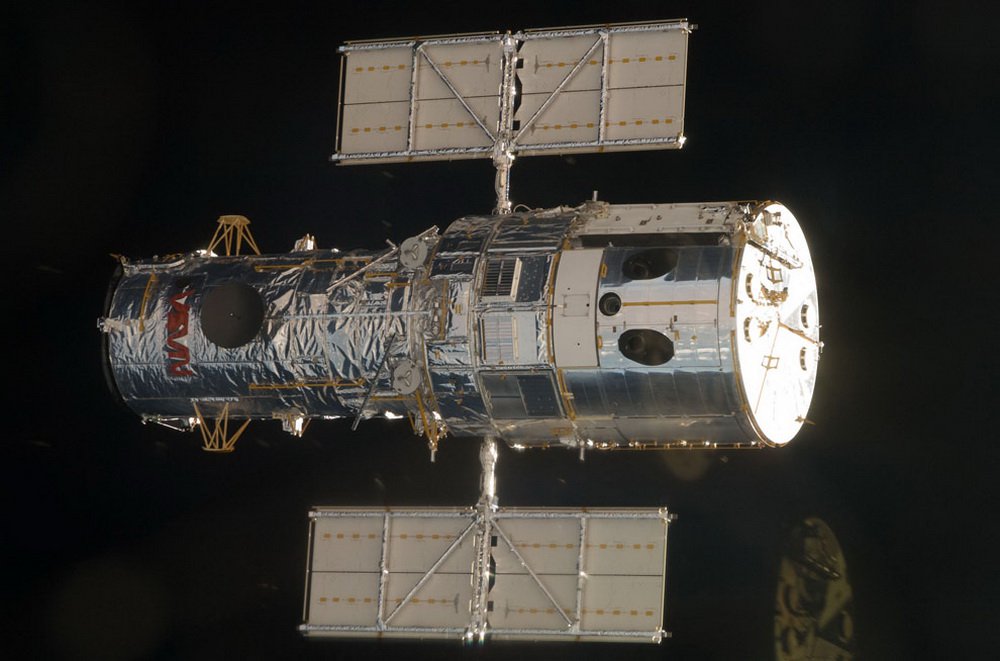
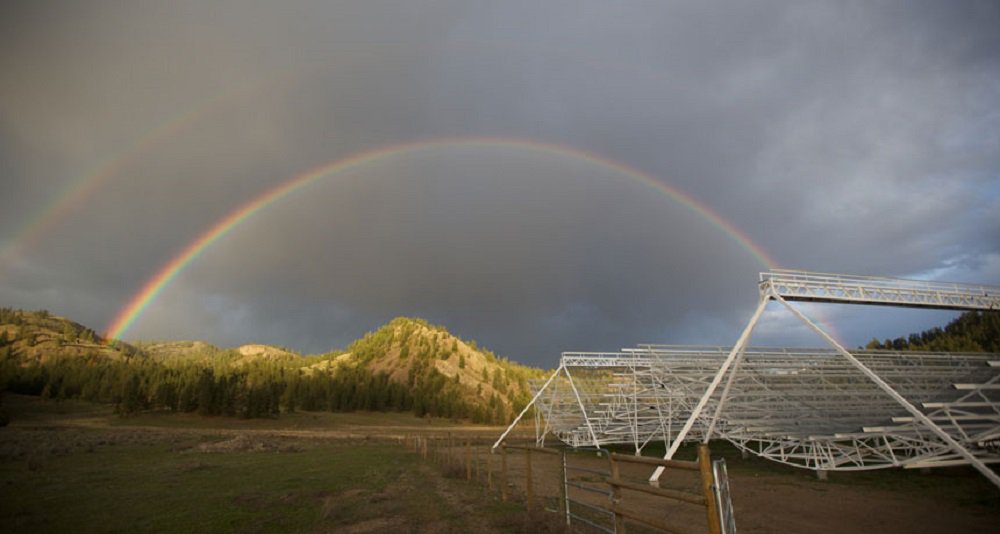

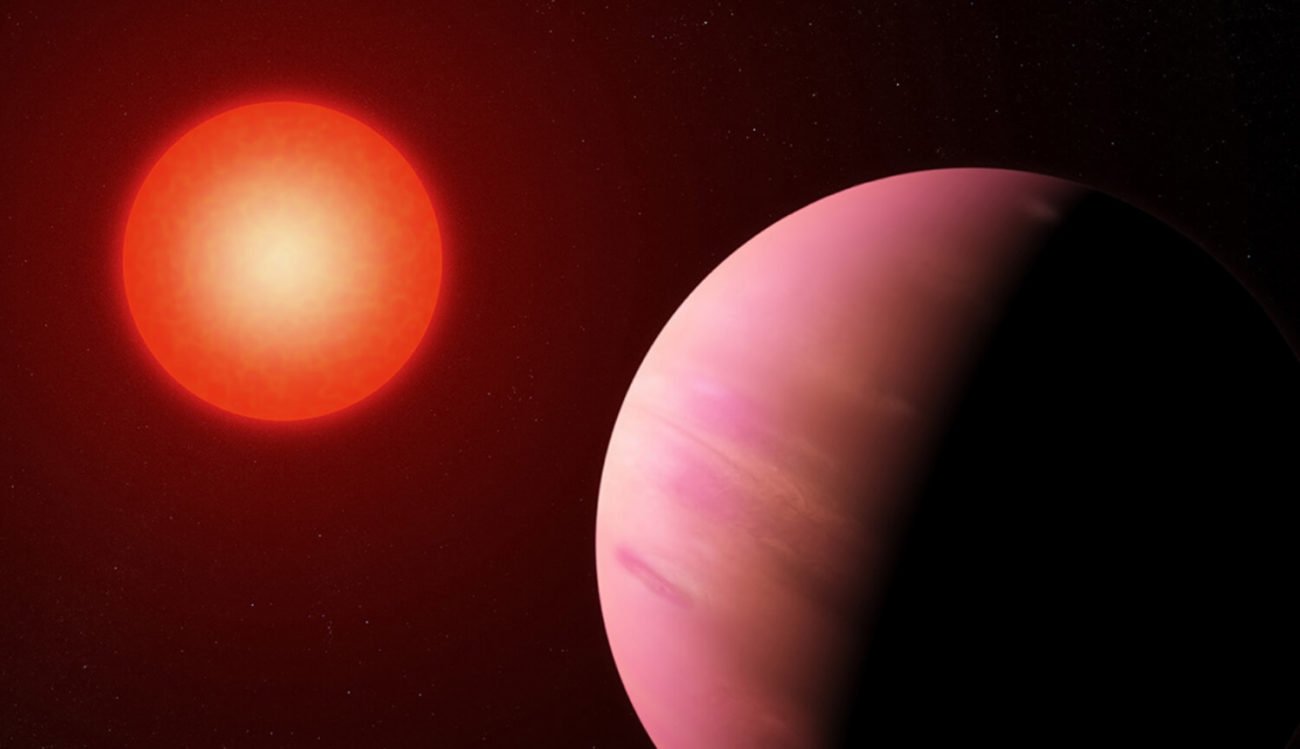

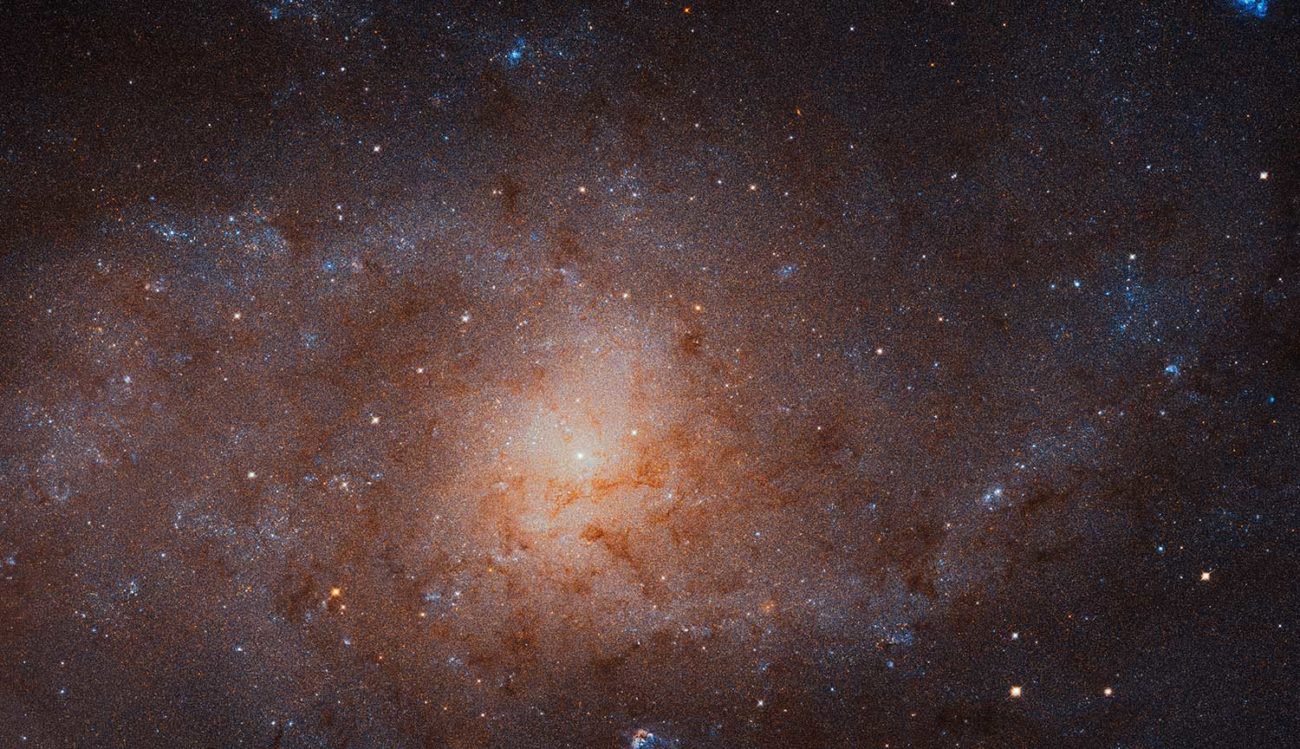
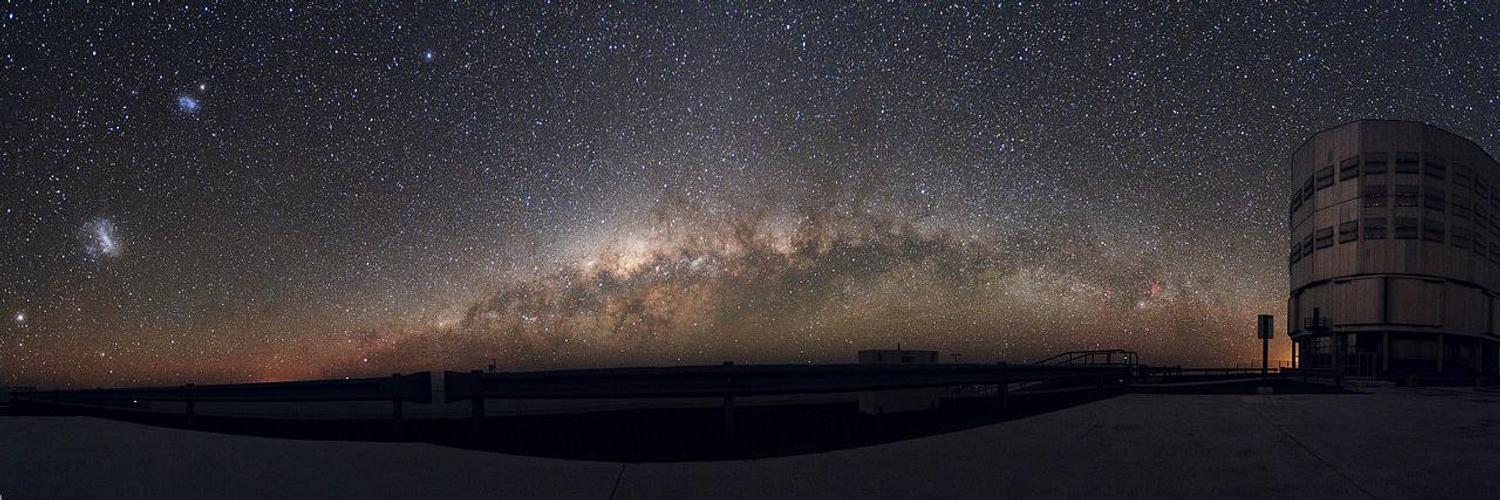
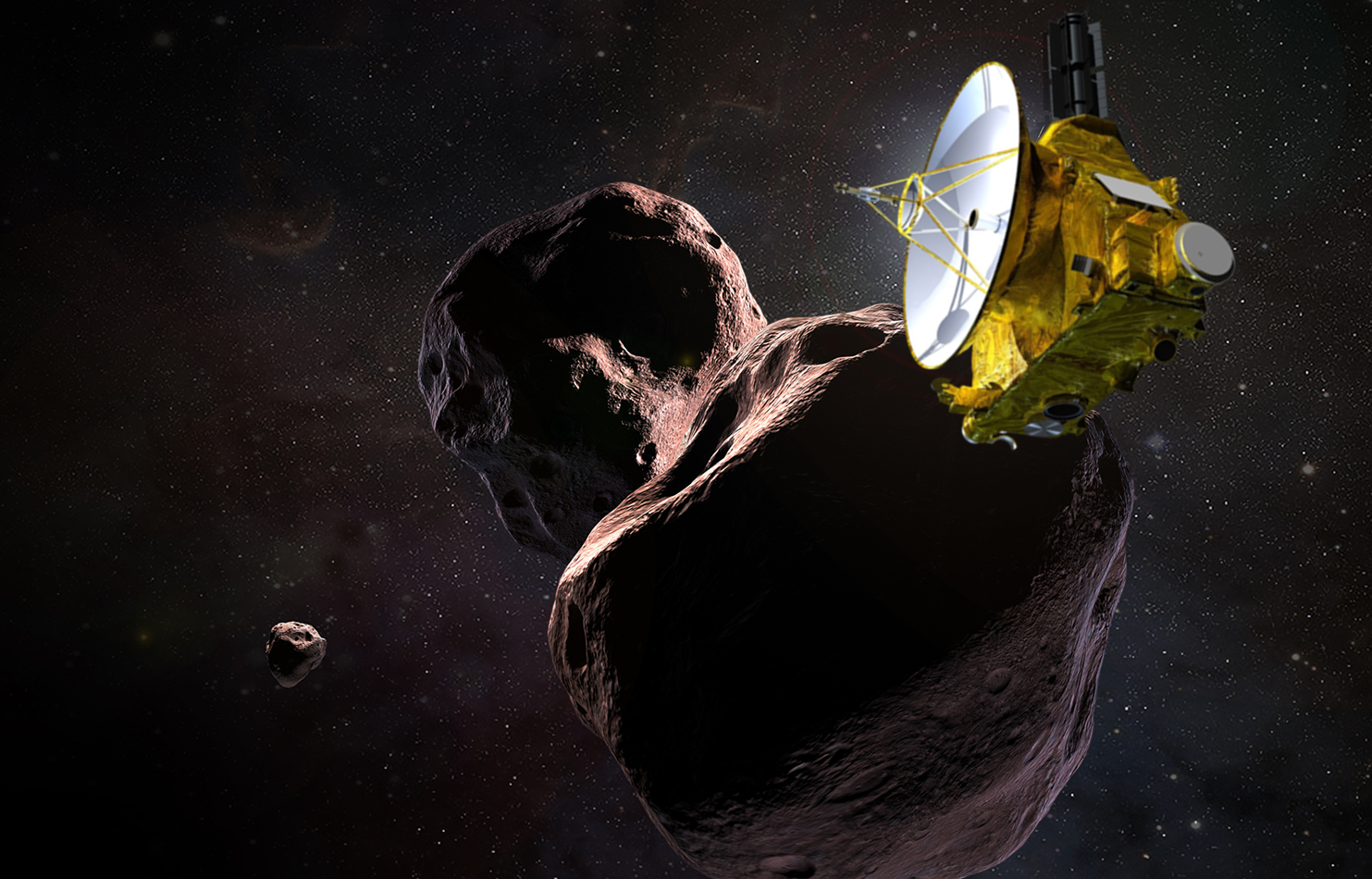
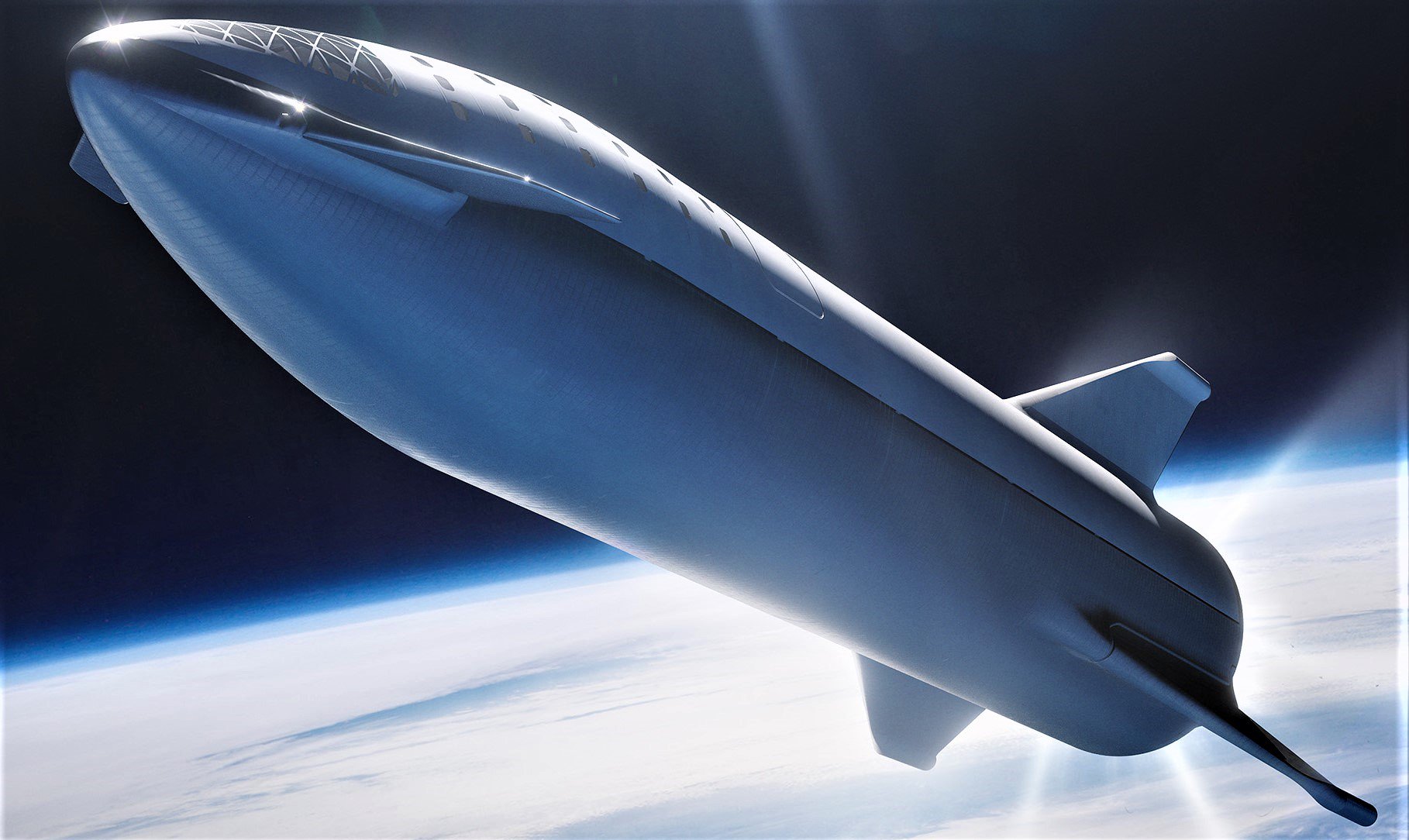
Comments (0)
This article has no comment, be the first!